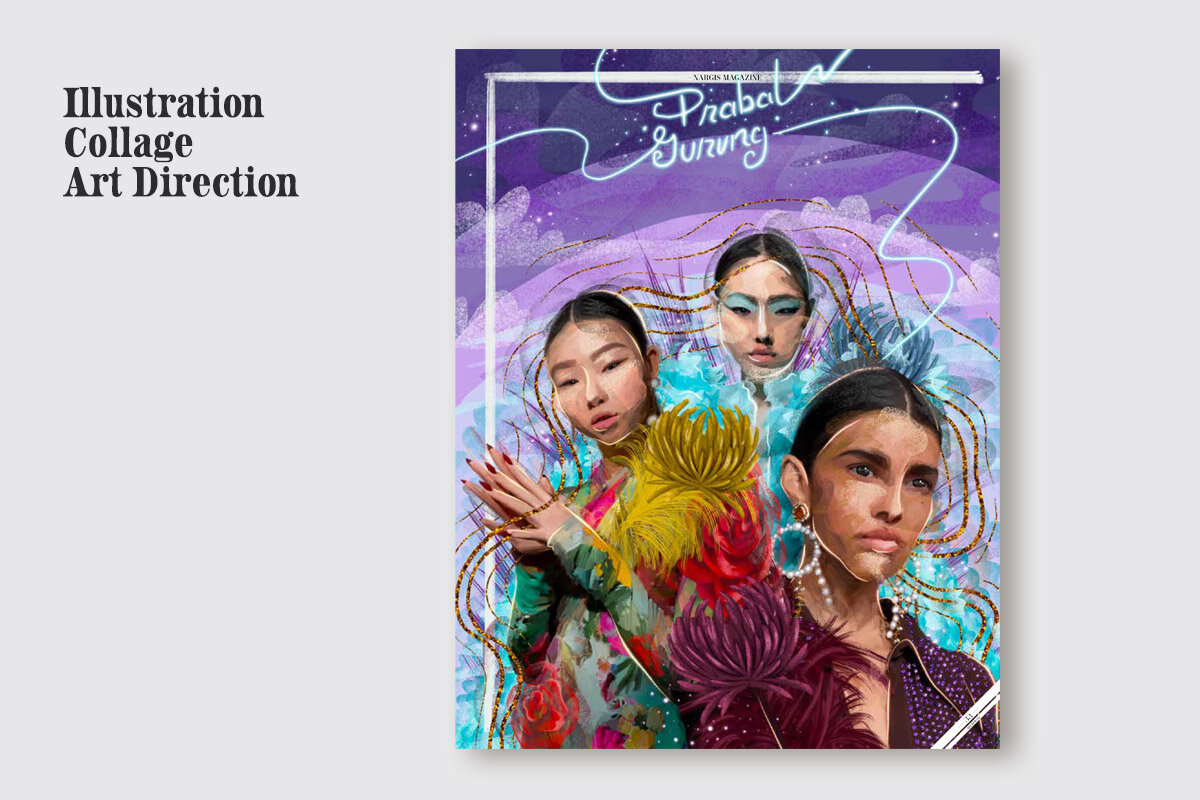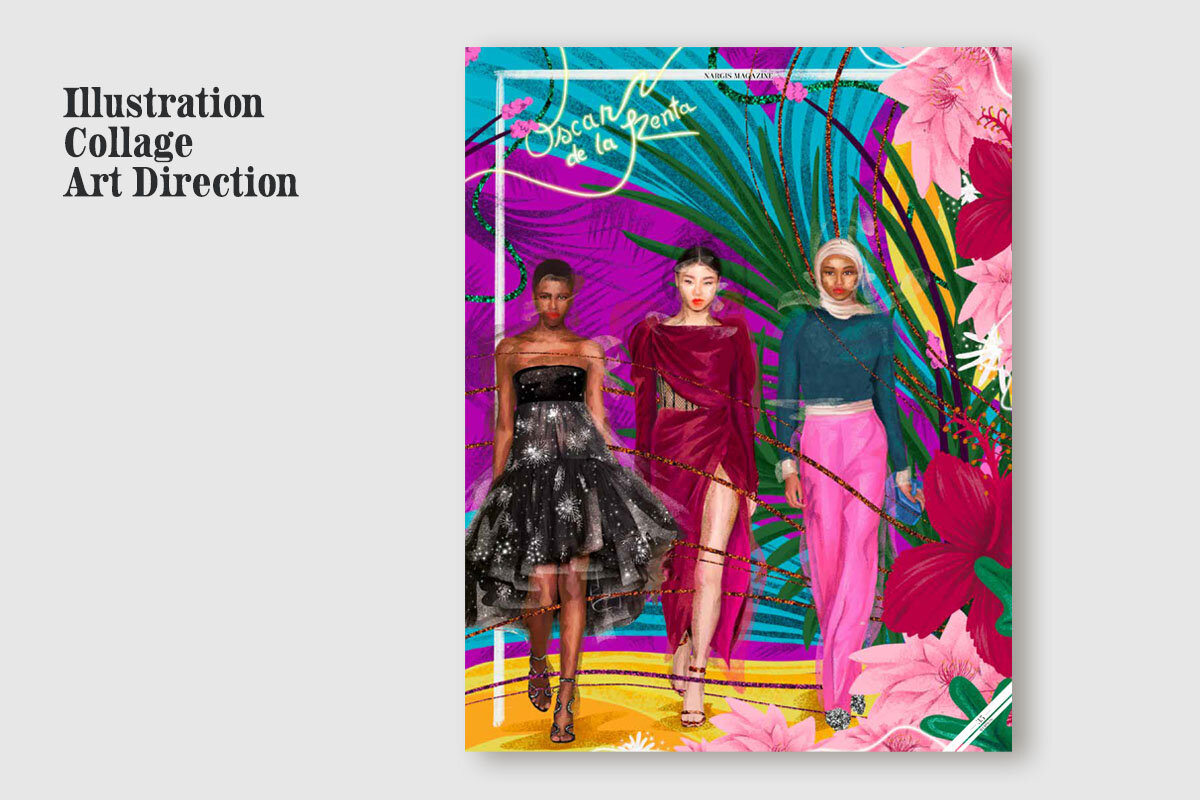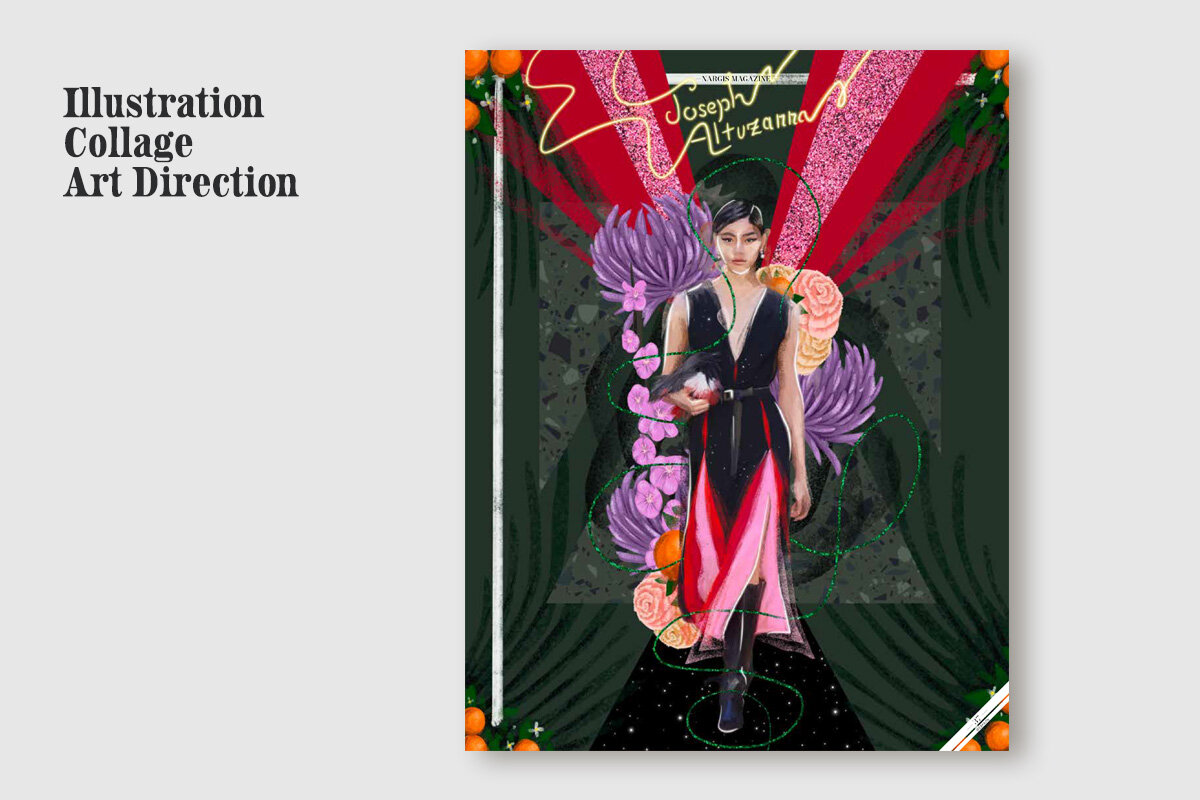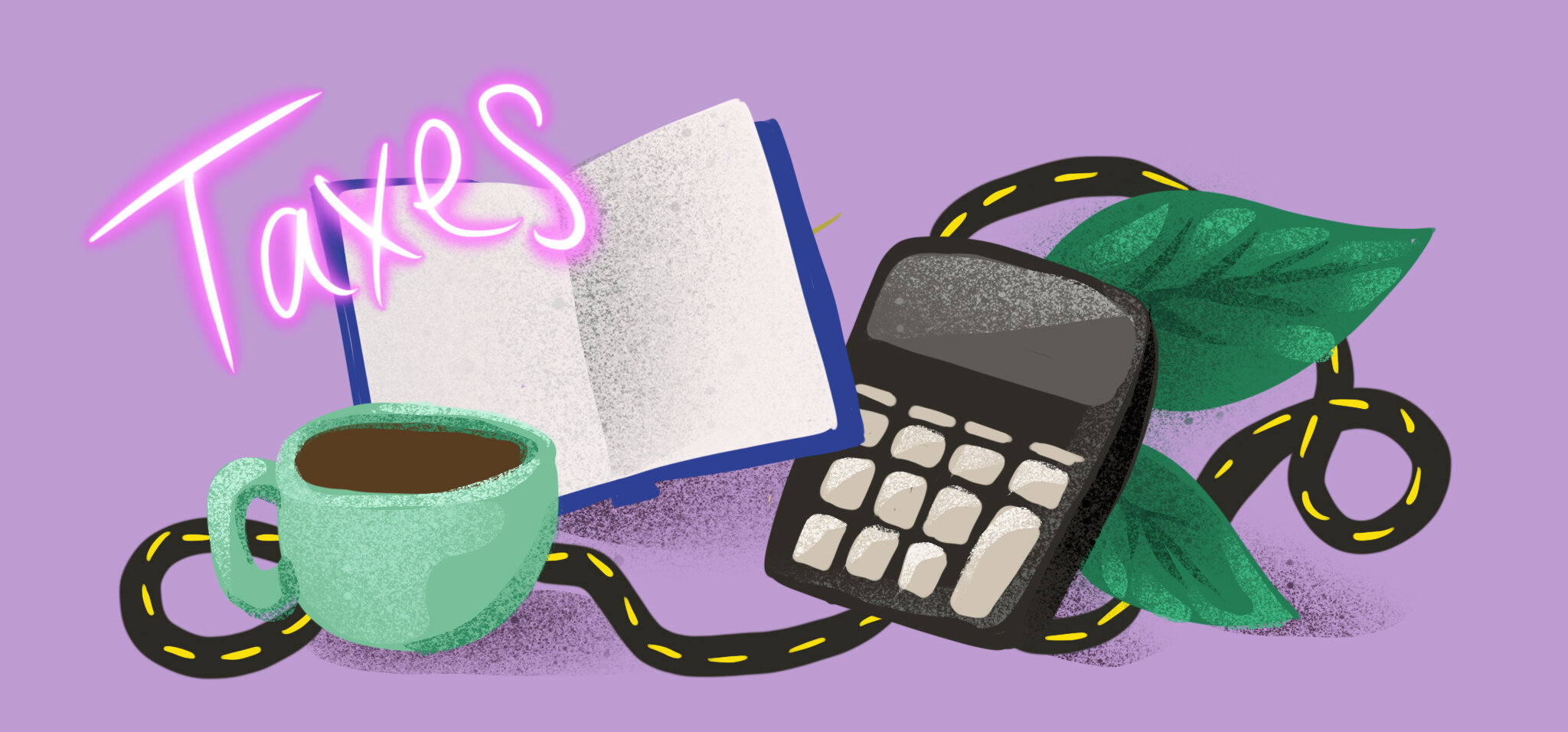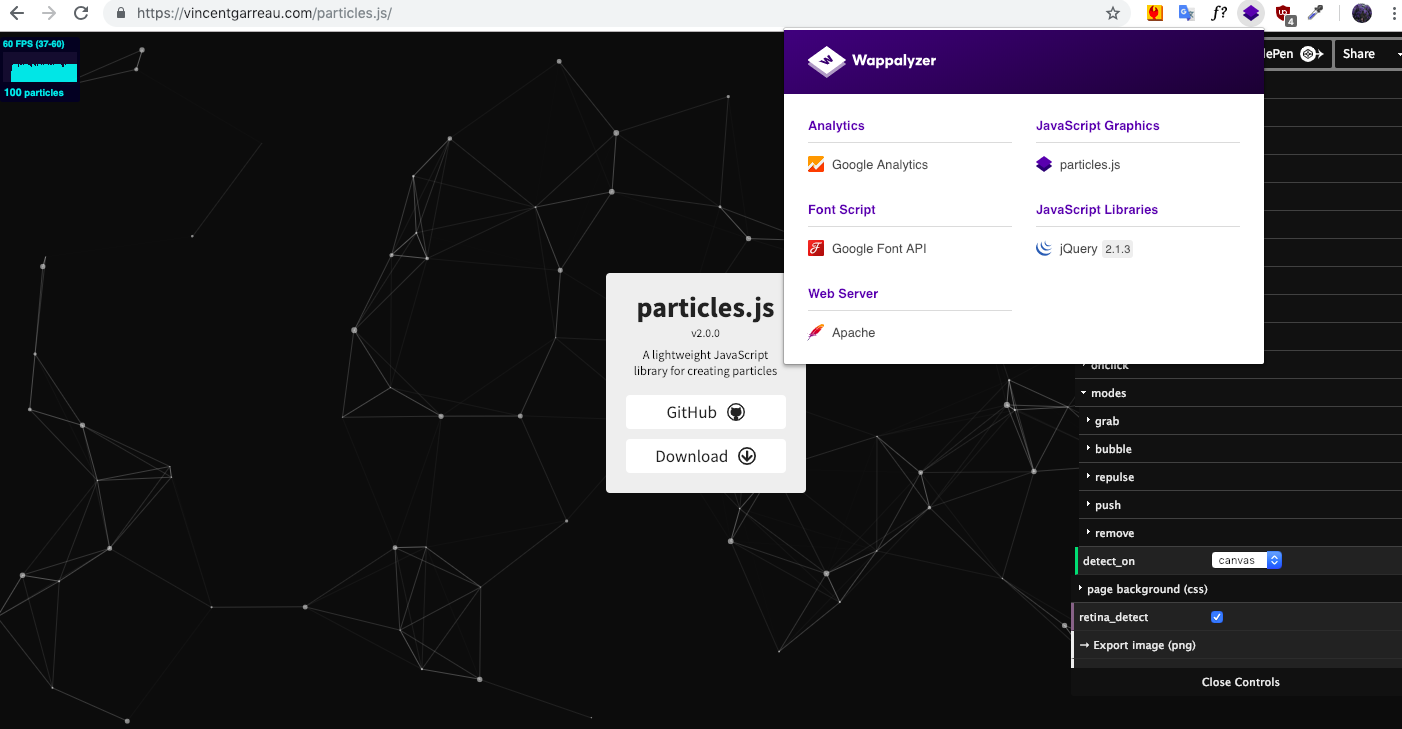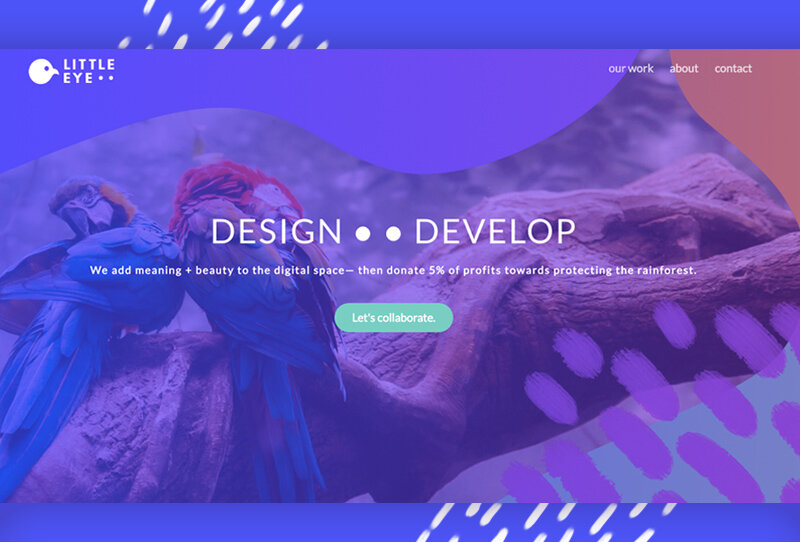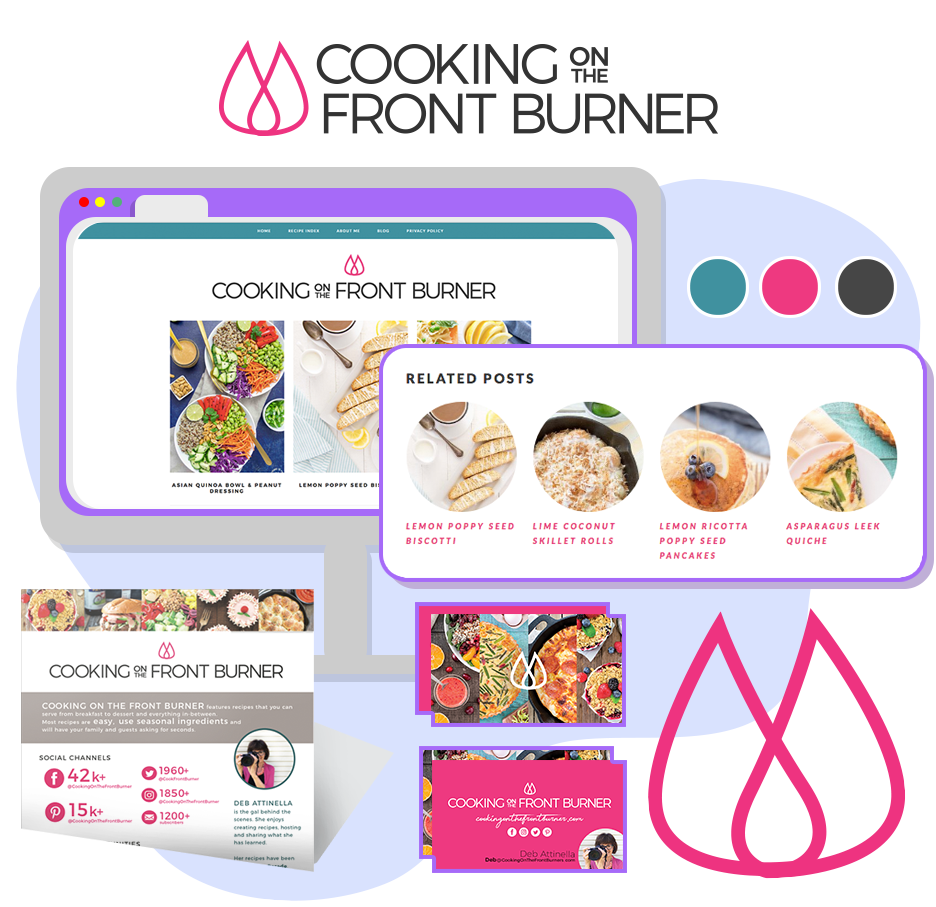Making the transition from full time employee to full time freelancer, there’s a lot you know you’ll have to learn. For sure you’ll have to develop a system that works for you to keep track of finances considering taxes, expenses, healthcare, and lifestyle. Absolutely you’ll need to learn how to be self-motivated to ensure your client’s needs are being met while also giving yourself permission to relax and refresh for your mental health to avoid burnout. But something that greatly intimidated me as I entered the freelance world was being cut off from the crucial resource provided at my job: access to iStock!
As you know, iStock is an endless supply of completely royalty-free photographs, illustrations, icons, graphics and entertainment from those ironic, out of left-field photos that populate when typing in something as bland as “Easter.”
iStock as the backbone
If you are an in-house designer working on a variety of clients (as I was) istock (or other another stock site) can become the backbone to your making process. This is possible because your company enrolls in an (essentially) unlimited account. There’s no need to hold back in obtaining resources from the site, and it can be easy to form a habit of thinking this is the only resource out there.
As soon as you get a new project ticket- you head over to iStock to get started.
Tunnel vision
The problem with this habit of always turning to one resource is you are constantly only seeing content filtered through one entity. Looking back, I am realizing the sort of tunnel vision that is created in that process.
With that one, extensive resource it is easy to forget to look outside of it, which in turn has the ability to limit the progress and modernness of your outputs.
The Game-Changers Make their own Rules
Now that I am more in the ‘wild west’ of resource hunting, I’m realizing the game-changers, the ones leading trends are typically those outside of these architectures.
The graphics on stock sites aren’t always the most up-to-date with what is trending in the world of design since it takes some time to get there- after the market has proven this style would be profitable.
Don’t get me wrong, stock sites are a wonderful resource for finding photographs of very specific situations you normally can’t find, but I see these stock sites as more of a piece of the pie instead of the whole pie. Plus, there are several free, relatively extensive photography resources out there that can sometimes fit the bill.
I should also mention though that Adobe Stock really seems to put effort in providing quite modern illustrations and graphics, but this post is about how it’s possible to navigate the industry without having this resource!
Shared economy is the modern economy
I’m writing this article to try to assure anyone that is considering making the leap to freelance that it is more possible that you might think even if you don’t have this resource, and show how I actually believe you are in a better position to improve your design skills this way. Without this security, you find yourself needing to be more open, more adaptable and more creative.
The shared economy exists in the creative world- and this will only increase in time as more and more tools empower the individual.
Now instead of going to one primary resource for everything—as a Swiss army knife does a convenient and kind of good job for everything— the future is having a reliable design toolkit, where each tool does their job really well and we can use whichever resource is best for the job.
This design kit mindset- rather than relying on one resource- lets us grow our skills and produce more up-to-date quality materials. It also sets us up to be more a part of that curation rather than chasing it.
10 OF MY FAVORITE DESIGN RESOURCES:
Below is my list of design essentials I use on a daily basis- my toolkit. These truly allow me to improve my skills and open my mind to how to create more quality content. From photography, illustrations, time tracking, fonts, html e-mail templates and more— I hope you can find some of this helpful.
There’s a ton of resources out there with a quick google search, but I thought I’d collect the ones I use every day to simplify.
More importantly- if you have suggestions for other resources, please share!
1. Unplash: Royalty-free* dynamic and modern photography
Unplash is the most common site for free* photos you’ll hear for the modern quality of the images. The site is volunteer-based, meaning photographers ‘donate’ images to be used knowing it may give them some exposure. Why does that darn asterisk keep showing up after free? *Unsplash shares these photos as completely free, but you do not have permission to sell the images directly without changing enough of it. Meaning, don’t use these images for your print-on-demand side hustle. Unless you add text or significant changes, these photos in their raw form don’t constitute as completely commercial license (as photos and graphics do in say Creative Market).
Pros: a quick way to obtain dynamic high quality images that are ready to be used
Cons: So many images have a thick filter, it’s not useful if you need the raw image do to your own editing within your project. Since so many people use unsplash, you start to see the same images on repeat, therefore becoming more generic. On that note, I doubt photographers gain real exposure- I’ve done IG searches multiple times on some of the most popular images and they often don’t have that much of a following. Case and point- how many times have you seen this image shared on different instagram accounts? The original post from the photographer has 32 likes (compared to the hundreds, probably thousands I’ve seen elsewhere):



